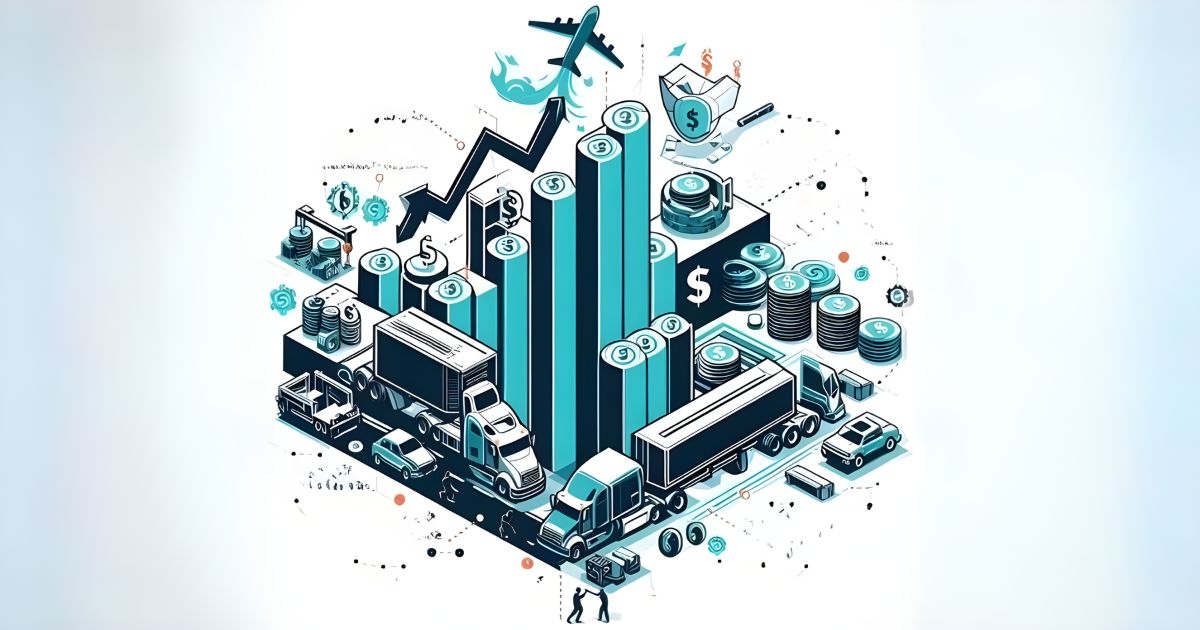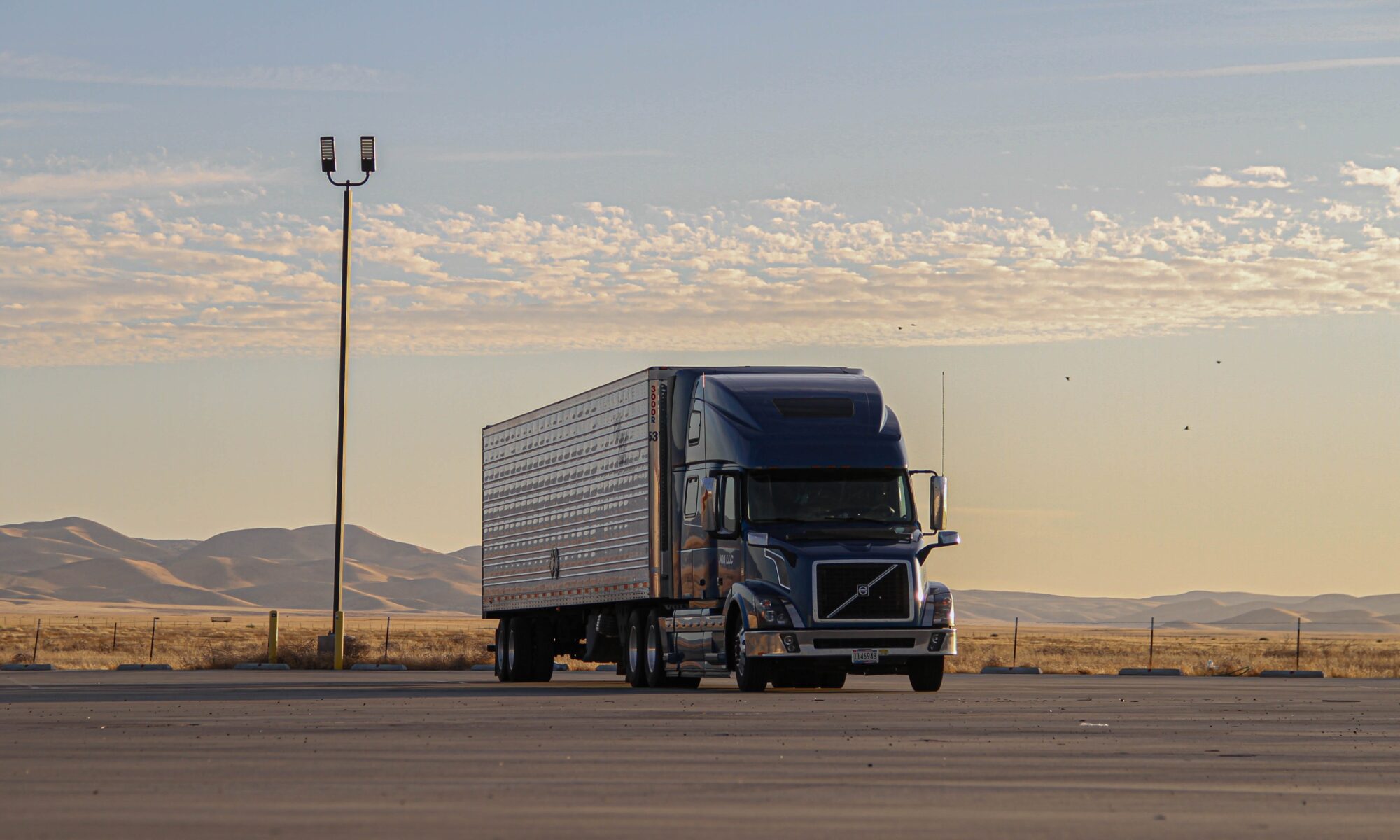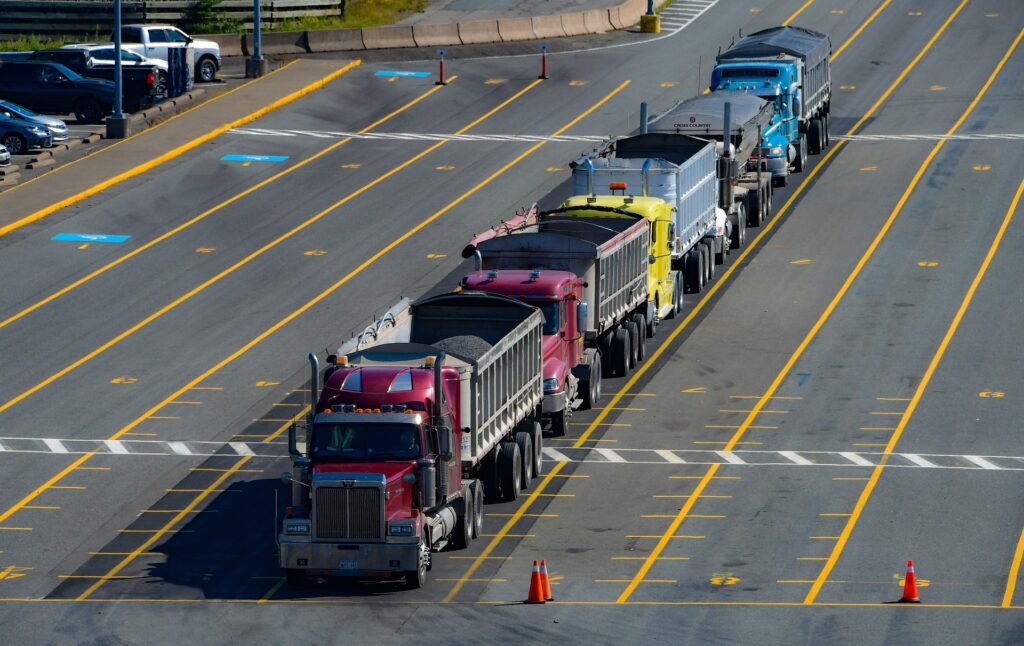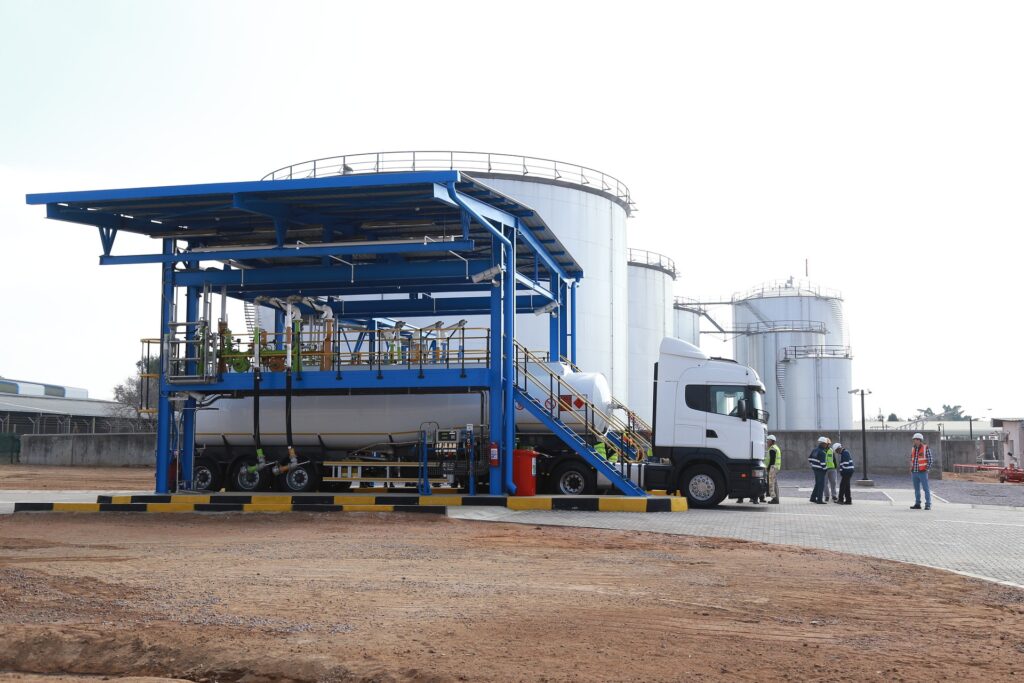Businesses operating in the Slavic market must understand the nuances of sourcing raw materials from Asia to succeed internationally. Asia is a critical area for buying and selling things globally. It has particular opportunities and challenges for people wanting to do business there.
This article will examine the best ways to manage buying and moving things from Asia. We’ll also talk about the main things in international freight forwarding that Slavic business people need to know. This helps to grow a strong business in this fast-growing region.
Developing the Asian supply chain
Thinking through every supply chain step is vital when ordering products from Asia. Factors such as choosing strategic warehouse locations and identifying efficient transport routes must be considered.
Analyzing market demand and calculating transport costs and lead times are essential to developing a cost-effective and reliable supply chain. Understanding the nuances of Asian markets and logistics networks is relatively easy.

Helpful warehouse location
In Asia, the location of your warehouse has a significant impact on logistics operations. Before picking the best warehouse, it’s important to see if it’s near places where things are made, big ports, and ways to move stuff around.
Having smartly placed warehouses can make moving things faster and cheaper. It also helps you quickly adjust to changes in what people want to buy. Moreover, it ensures things move smoothly from one place to another in your business.
Optimizing procurement transport routes
Choosing the most appropriate transport routes is crucial to sourcing resources from Asia successfully. For example, combining air and sea freight can improve the flexibility and cost-effectiveness of inter-ocean delivery.
Knowing much about transportation in Asia, like shipping things across the sea, helps make good plans. It’s super important to plan the best ways to move items so you can get products from Asia quickly and without problems.

Borrowing successful experience
Analyzing companies that have successfully sourced from Asian markets can provide valuable lessons. These stories often show how transport costs and delivery times can be reduced in real terms. Companies also usually share the challenges they face at different stages of the Asian supply chain.
Tata Sons is a perfect example of a company buying things well from Asia. They use unique technology to make their buying better and faster. This way, they can quickly get what they need, which greatly helps them in the long run. It shows they have an intelligent way of getting stuff from Asia.
The evolution of modern Asian logistics
It is essential to keep up to date with the latest trends in Asian logistics. Some new things happening in buying and selling stuff include using digital tools to manage how things move, being more environmentally friendly, and changing rules about trading.
If Slavic businesses keep up with these changes, they’ll adjust better and make the most of new chances. This will help their business and make their trade with Asian countries stronger.
For the amoplant.lv community, mastering logistics strategies to secure shipments from Asia is about building bridges between Slavic entrepreneurs and Asian markets. By using intelligent ways to move and deliver things, business people can spend less money, get better at what they do, and help their company grow and do well worldwide.















